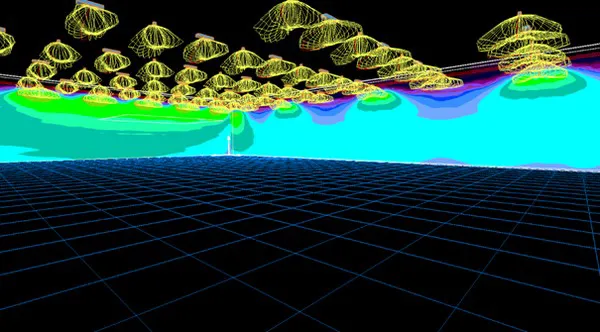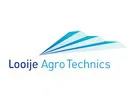There is a lot of movement in the greenhouse light market at the moment. Over the coming two months, greenhouse vegetable growers in Northwest Europe will certainly have to make decisions. And also in floriculture growers are faced with choices. Do they want to use (more) artificial light? And if so, with which fixtures above the crop? With what spectrum? With which installation? And how to deal with the energy part?
Looije Agro Technics supports growers as an independent consultancy bureau with these issues and, in a series of four articles, examines these questions from different angles and strategies and more. Today part 3 on the importance of continuing to measure.
Rapid developments
LED fixtures are in continuous development. Fixtures increase in efficiency every year and suppliers come and go. For us, as an independent consultancy, it is of the utmost importance to have the right principles. Where possible, we measure production fixtures ourselves in a lab setup to arrive at a digital 3D model. Under lab conditions we can rule out any form of outside influence.
Besides measuring the output, we also look at the input. How does a fixture react when switching on and off and does the stated consumption correspond with practice. The results of the lab measurements form the basis for calculating various scenarios.

An example of a lighting plan in which different fixtures hanging along the façade are compared
1-to-1 comparison
Based on spectrum and output, we select different fixtures together with the grower that are placed next to each other in a (3D) lighting plan. By making the lighting plans ourselves, we avoid conscious or subconscious ignorance and juggling with numbers. With us there are no hidden parameters or deviating modeling, only a 1-on-1 comparison. We are independent and use various HPS or LED fixtures or a combination of both, also from different suppliers. The different scenarios are created with different fixtures for the grower-specific situation.

An example of a 3D lighting plan. Uniformity is of great importance.
Theory is fun, practice counts
For us, a field measurement of the output of the fixtures in the greenhouse is part of the total concept in unburdening. After a successful installation, it is important that the modeled output is at least equaled, after all, a plant is always fair. Inequality in the light image will always be seen in the cultivation. It depends on the crop to what level inequality is accepted. In addition, it is important not only to measure the output, but also the input. Lighting is about the correct conversion of electrical energy into light.
Data = power
Our advice is to keep monitoring the input side of the lighting. Deviations can be monitored and registered by means of a power analyzer. This monitoring can even take place remotely. In addition, it is advisable to repeat a field measurement frequently in order to be able to determine any loss in output in time. Given the large amounts of the investments, it is important to know what happens during the operating hours in order to be able to make a substantiated warranty claim.
Looije Agro Technics would like to bridge the gap between theory and practice. "By means of our own knowledge and experiences in practice, the field and laboratory, we are able to translate the lighting needs of the grower into uncolored advice with a brand-independent view. Our X-factors are objectivity and independence."
Read part 1 and part 2 in this series here.
For more information:
Looije Agro Technics 
info@lat.nl
www.lat.nl
